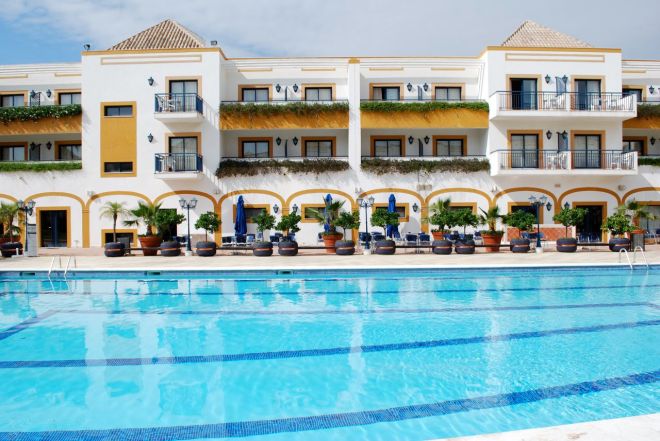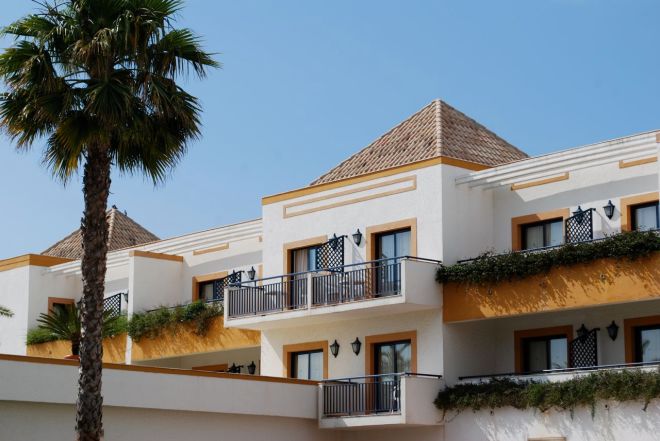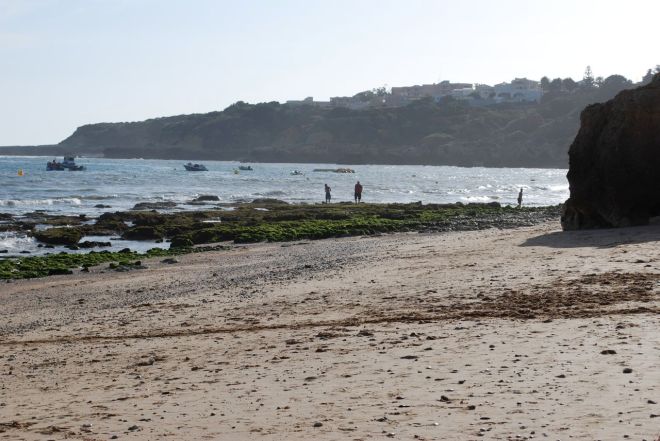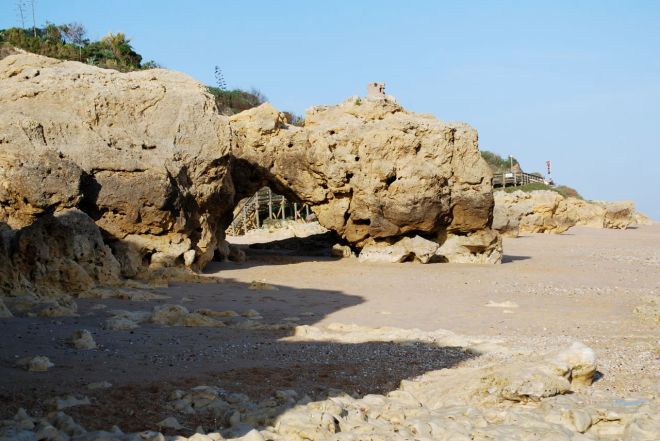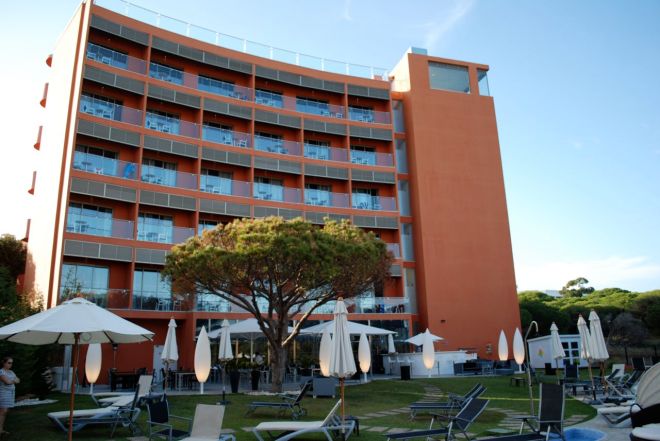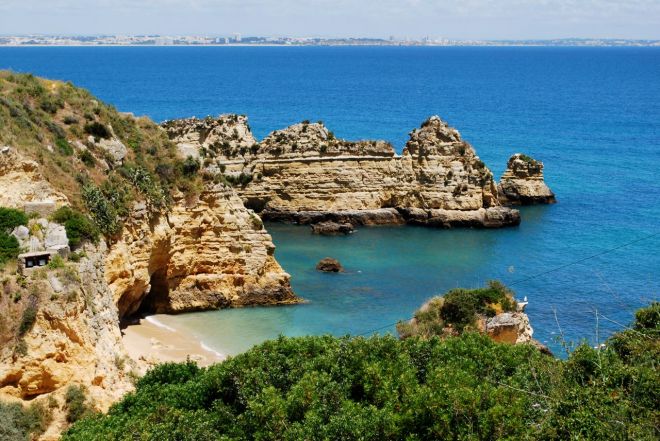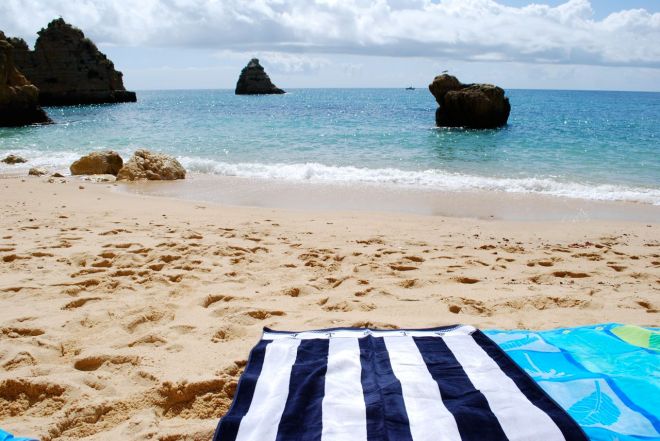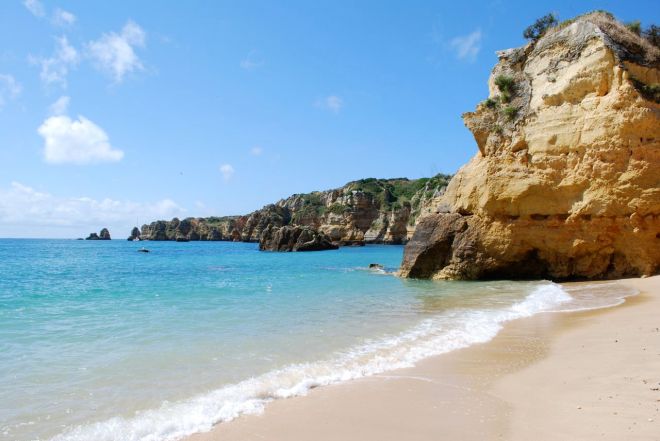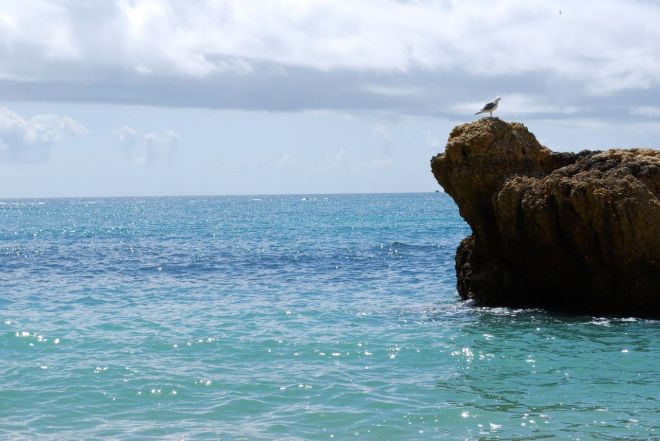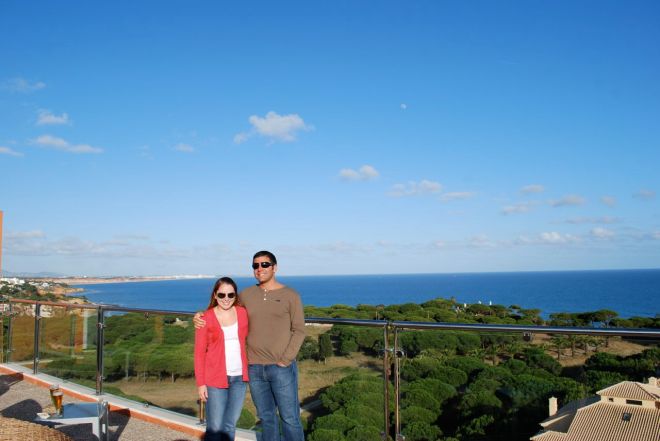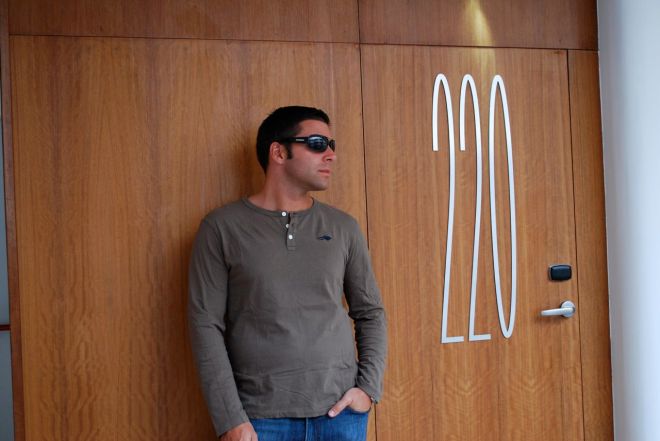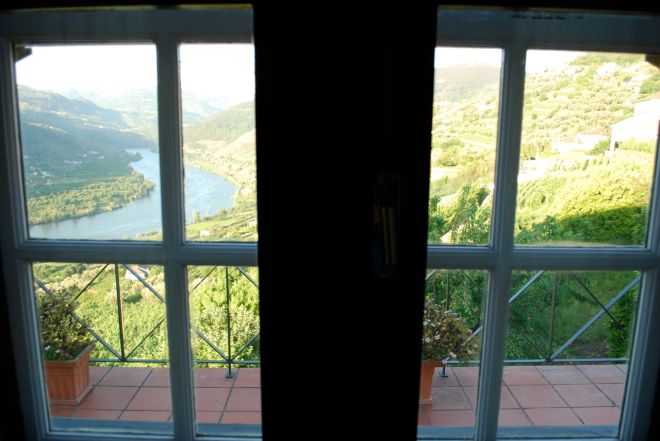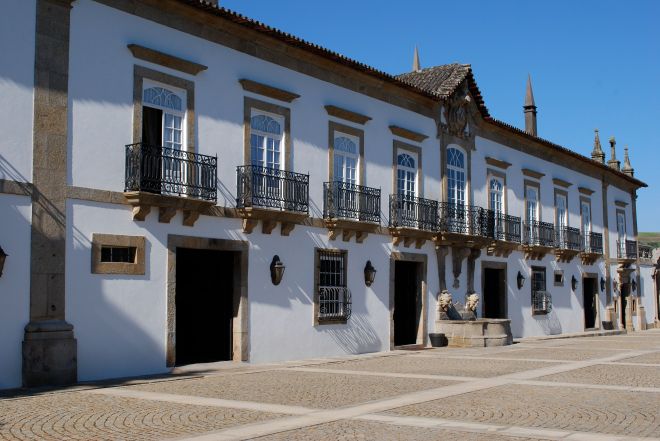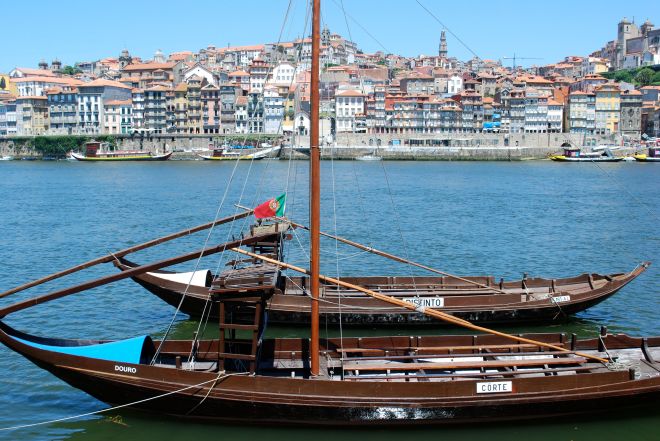Lisbon, Portugal
After my fail yesterday with our trip to overly windy Ilha da Tavira, Char took control this morning to ensure our last day in Portugal would be spent on a proper beach.
And, unsurprisingly, she came through! It wasn’t clearly marked and there was a bit of a walk from the parking lot, but Praia do Barril was perfect.
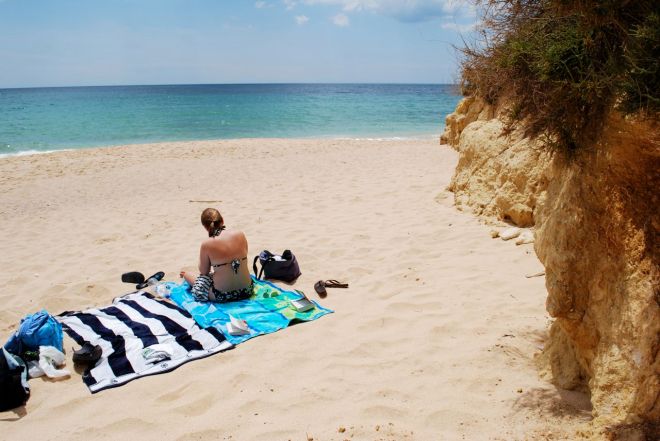
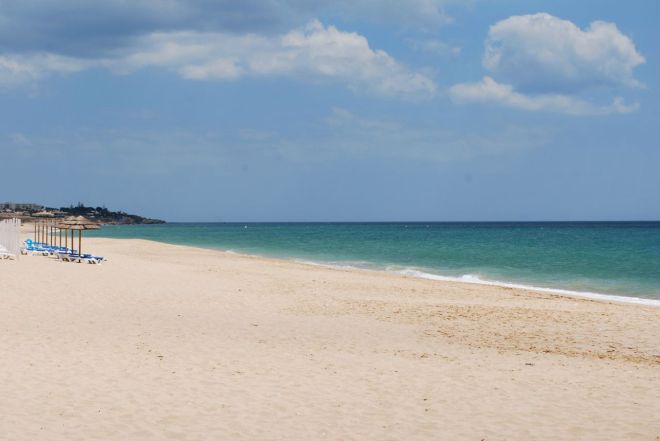
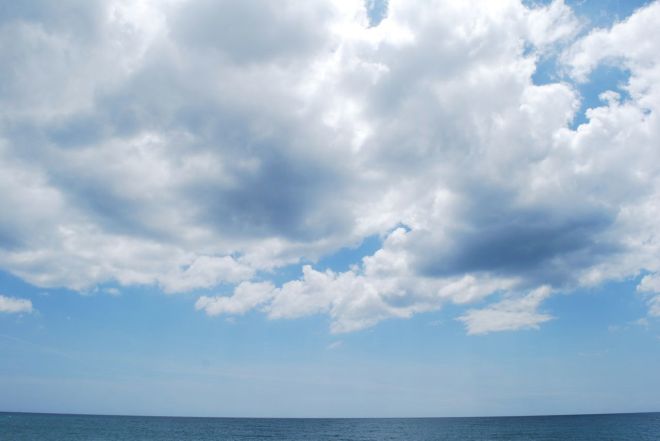
Our stomachs growling for lunch, we got back on the road en route to Lisbon. About two hours later, we dropped off the rental car at the airport and checked into adjacent the Radisson Blue.
We were tempted to head into Lisbon for dinner but deferred to burgers and beers in the Radisson’s bar. Our flight back to New York, via Philadelphia, departs at 10:35 am tomorrow.
